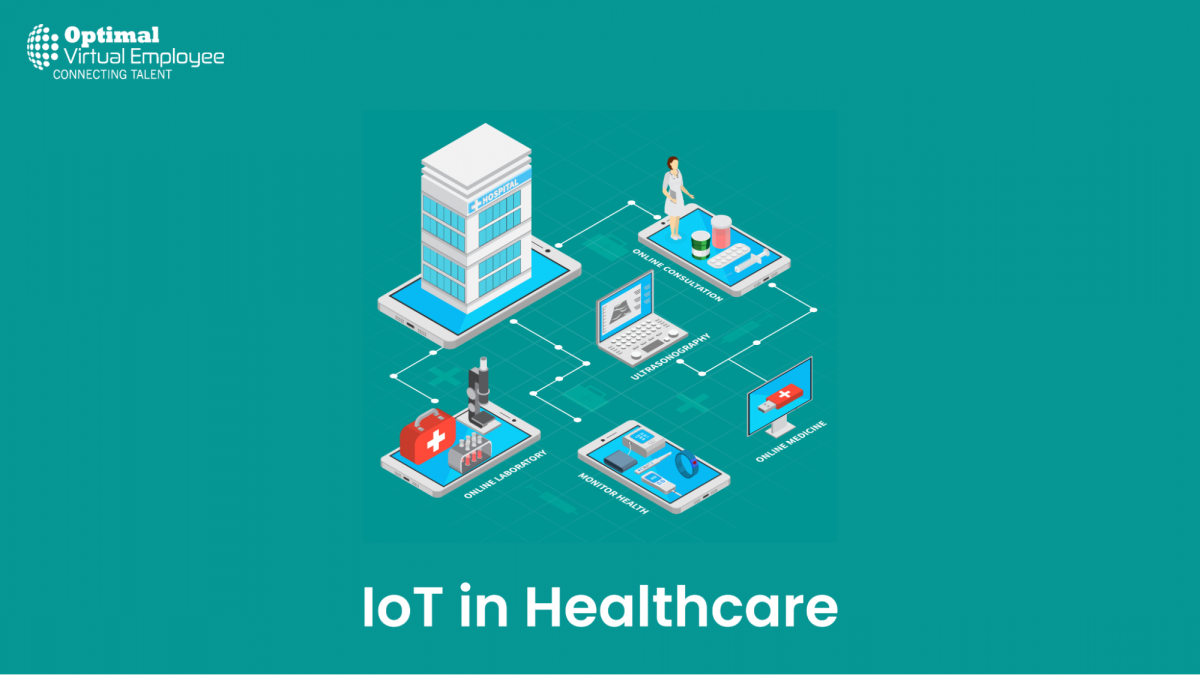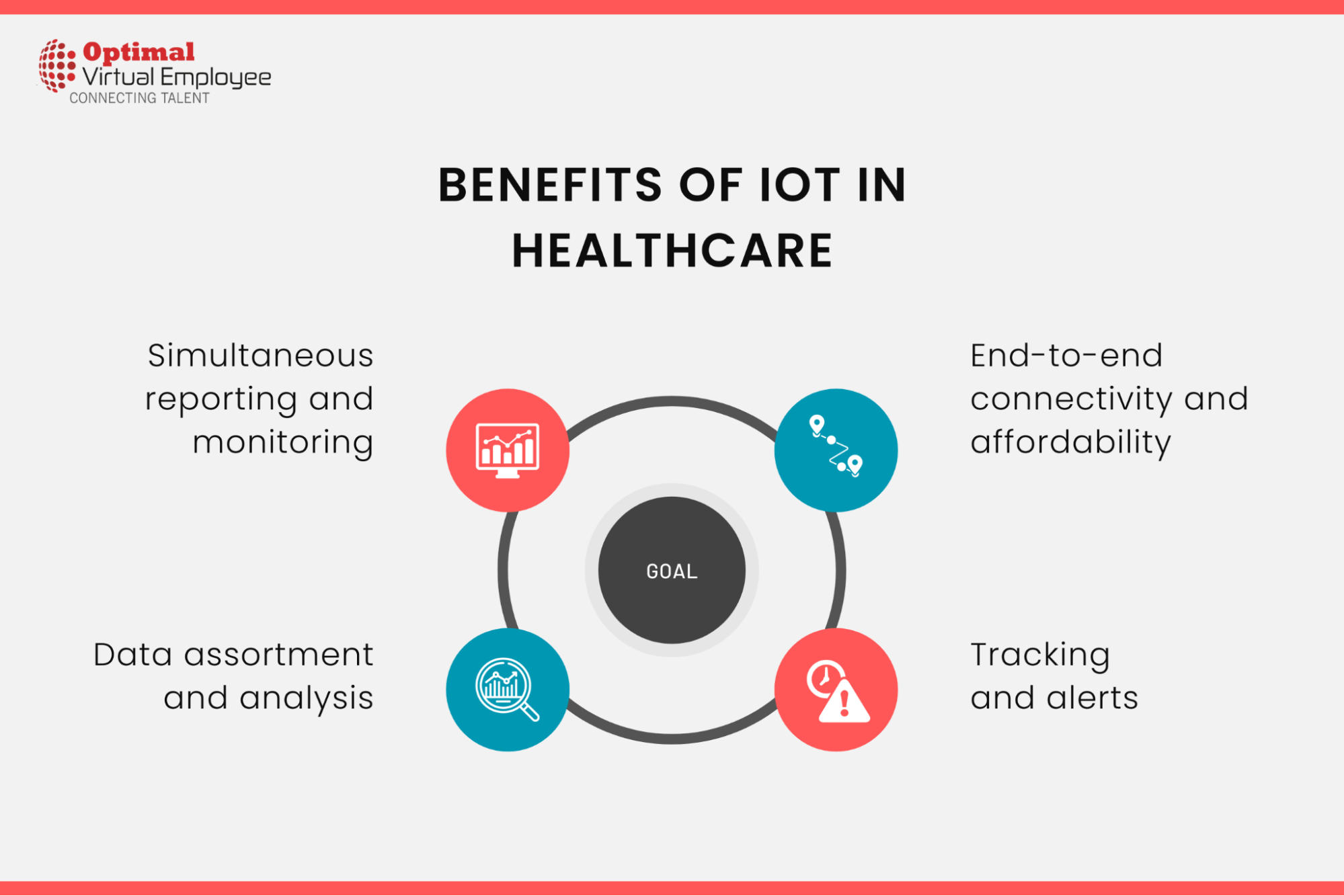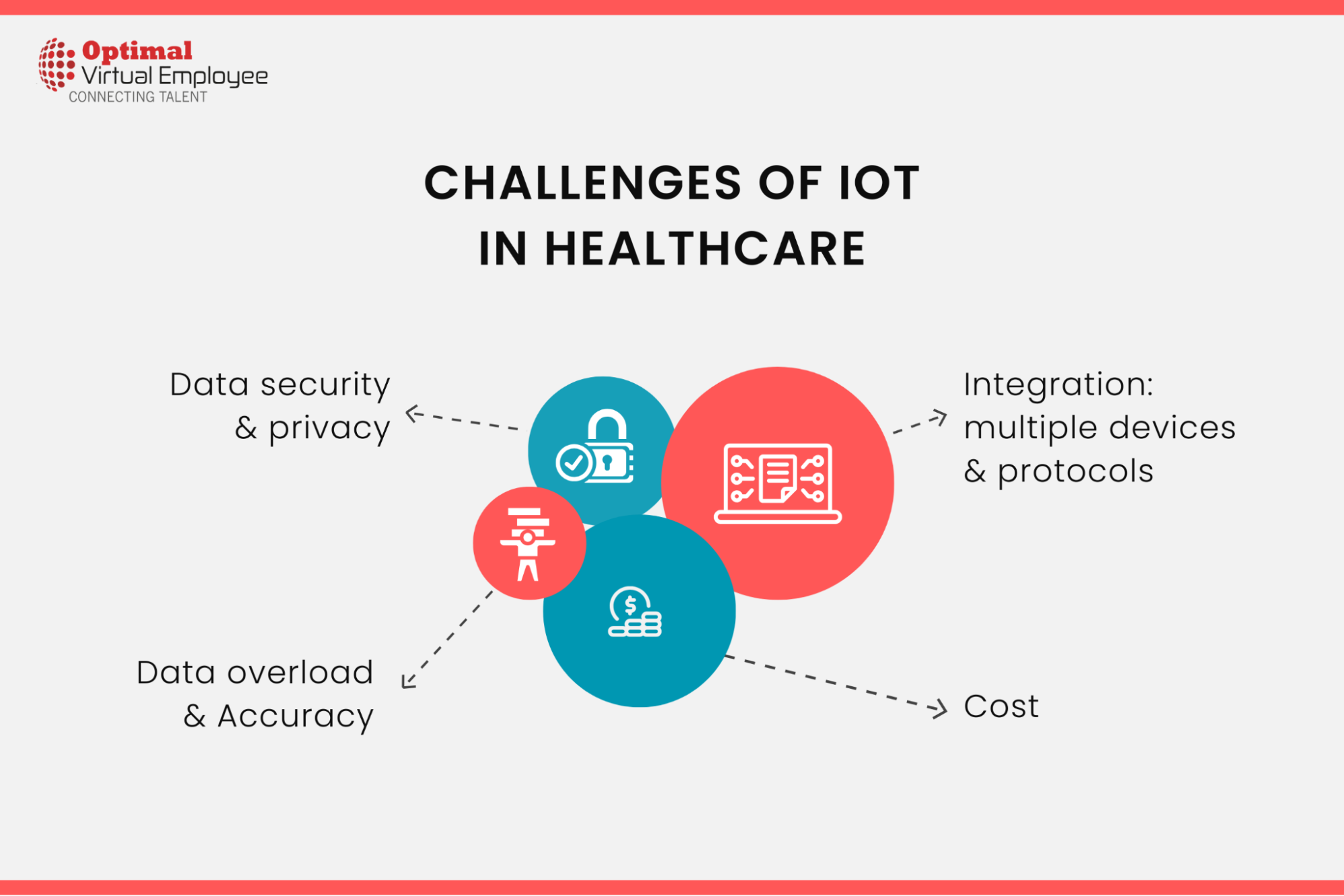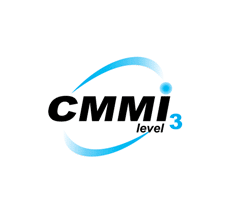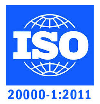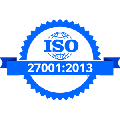Before the advent of the Internet of Things (IoT), patient-doctor interactions were confined to in-person visits and basic telecommunication methods like phone calls and text messages. Continuous, real-time health monitoring was virtually impossible, limiting the scope for timely medical interventions and advice.
With the integration of IoT-enabled devices, the landscape of healthcare has dramatically changed. These devices enable continuous remote monitoring of patients, significantly enhancing the quality of care physicians can provide. Not only has this made interactions with healthcare providers more convenient and efficient, but it also enhances patient engagement and satisfaction. The ability to continuously monitor patients’ health conditions has contributed to shorter hospital stays and fewer readmissions, thereby reducing overall healthcare costs and improving treatment outcomes.
IoT is revolutionizing healthcare by transforming how devices and people interact in the delivery of medical services. Its applications benefit not just patients and physicians, but also hospitals, families, and even insurance companies.
Benefits of IoT in Healthcare
The benefits of IoT in different industries are numerous, and the healthcare industry is no exception. Here are some of the top advantages of IoT in healthcare.
Simultaneous reporting and monitoring
Based on a report from Research and Markets, the Global Remote Patient Monitoring (RPM) systems market is expected to soar to more than $1.7 billion by 2027. This highlights the escalating demand for technologies that facilitate remote monitoring of patients.
Devices connected for remote health monitoring have the potential to be life-saving in critical medical situations such as heart failure, diabetes, and asthma attacks. Utilizing smart medical devices linked to smartphone apps, these RPM systems can gather essential health metrics. The data is then transmitted via the smartphone’s data connection to either a healthcare provider or a cloud-based platform.
A study by the Center for Connected Health Policy found a remarkable 50% reduction in 30-day readmissions for heart failure patients who were monitored remotely.
IoT-enabled devices are instrumental in collecting a range of health data, including but not limited to, blood pressure, oxygen levels, blood sugar levels, weight, and electrocardiograms (ECGs). This information is securely stored in cloud platforms and can be accessed by authorized individuals—whether they are healthcare providers, insurance firms, or external consultants—regardless of their location, time zone, or device being used.
End-to-end connectivity and affordability
IoT has the capability to streamline patient care workflows through the integration of healthcare mobility solutions and other cutting-edge technologies, paving the way for next-generation healthcare facilities.
The incorporation of IoT in healthcare fosters seamless interoperability, machine-to-machine communication via artificial intelligence, and efficient data transfer, all of which contribute to more effective healthcare delivery.
Utilizing advanced connectivity protocols such as Bluetooth LE, Wi-Fi, Z-wave, and ZigBee, healthcare professionals can revolutionize their diagnostic and treatment methods across various medical disciplines. This technology-enabled environment not only enhances the quality of care but also reduces healthcare costs. It achieves this by minimizing unnecessary visits, optimizing the use of high-quality resources, and bettering the planning and allocation of these resources.
Data assortment and analysis
IoT has the capability to streamline patient care workflows through the integration of healthcare mobility solutions and other cutting-edge technologies, paving the way for next-generation healthcare facilities.
The incorporation of IoT in healthcare fosters seamless interoperability, machine-to-machine communication via artificial intelligence, and efficient data transfer, all of which contribute to more effective healthcare delivery.
Utilizing advanced connectivity protocols such as Bluetooth LE, Wi-Fi, Z-wave, and ZigBee, healthcare professionals can revolutionize their diagnostic and treatment methods across various medical disciplines. This technology-enabled environment not only enhances the quality of care but also reduces healthcare costs. It achieves this by minimizing unnecessary visits, optimizing the use of high-quality resources, and bettering the planning and allocation of these resources.
Tracking and alerts
Timely alerts are crucial for managing chronic conditions. Medical IoT devices collect essential health metrics and relay them to doctors for real-time monitoring, while also sending notifications about critical conditions to individuals through mobile apps and smart sensors.
These reports and alerts offer a comprehensive view of a patient’s health status, independent of location or time constraints.
Such timely information enables healthcare providers to make informed decisions and deliver prompt treatment.
In summary, IoT facilitates real-time alerts, tracking, and monitoring, allowing for immediate medical interventions, enhanced accuracy, and ultimately better outcomes in patient care delivery.
Remote medical assistance
During emergencies, patients can quickly reach out to doctors located far away through specialized mobile apps.
Thanks to healthcare mobility solutions, medical professionals can promptly assess patients and diagnose conditions even while on the move.
Additionally, many IoT-driven healthcare systems are in the planning stages of creating machines capable of dispensing medications based on prescription information and relevant health data gathered from connected devices.
IoT is set to enhance in-hospital patient care, which will consequently lead to a reduction in healthcare expenses for individuals.
Research
IoT applications in healthcare are also valuable for research. The technology allows for the rapid collection of vast amounts of patient data, which would take years to accumulate manually.
This gathered data can be analyzed statistically, providing vital support for medical research endeavors.
IoT not only saves time but also reduces the financial resources typically allocated to research.
The impact of IoT on medical research is significant, paving the way for more advanced and effective treatments.
IoT is integrated into a wide range of devices, elevating the quality of healthcare services provided to patients.
Existing medical devices are also being upgraded with IoT capabilities, often through the incorporation of smart chips. These enhancements improve the level of care and assistance available to patients.
Challenges
Data security & privacy
One of the major hurdles in healthcare-related IoT is the issue of data security and privacy. While IoT devices capture and transmit data in real time, many lack robust security protocols.
Moreover, there’s considerable uncertainty surrounding the regulations for data ownership in electronic devices.
These vulnerabilities make the data an easy target for cybercriminals, who can breach the system and access the Personal Health Information (PHI) of both patients and healthcare providers.
Such criminals can exploit electronic health records to forge identities for purchasing medications and medical equipment, which they may subsequently resell. Hackers could also submit fraudulent insurance claims using a patient’s stolen information.
Integration: multiple devices & protocols
One of the obstacles to implementing IoT in healthcare is the challenge of integrating multiple devices. This issue arises because device manufacturers have not yet agreed on uniform communication protocols and standards.
Even when various devices are connected, the inconsistencies in their communication protocols make data aggregation complex and inefficient.
This lack of standardization hampers the overall process and limits the scalability potential of IoT within the healthcare sector.
Data overload & Accuracy
As previously mentioned, the diverse communication protocols and standards make data aggregation a complex task. Despite this, IoT devices generate a massive amount of data that is used for gaining important insights.
The sheer volume of this data, however, is becoming overwhelming for medical professionals to analyze, affecting the quality of their decision-making and potentially compromising patient safety.
This issue is escalating as more devices get connected, each contributing to the growing data pool.
Cost
Surprised to see cost considerations in the challenge sections? I know most of you would be; but the bottom line is: IoT has not made healthcare facilities affordable to the common man yet.
The boom in Healthcare costs is a worrying sign for everybody, especially the developed countries.
The situation is such that it gave rise to “Medical Tourism” in which patients with critical conditions access healthcare facilities in developing nations which costs them as little as one-tenth. IoT in healthcare as a concept is a fascinating and promising idea.
However, it hasn’t solved the cost considerations as of now. To successfully implement IoT app development and to gain its total optimization the stakeholders must make it cost-effective otherwise it will always remain out of everyone’s reach except the people from the high class.
Conclusion
IoT has emerged as a crucial component in healthcare, offering a range of advantages like remote medical support, real-time monitoring, and data analytics. However, it’s not without its challenges, including significant security concerns.
Nevertheless, the scope of IoT applications in healthcare is steadily growing, with wearables, ingestible sensors, and smart video pills leading the way. By harnessing the power of IoT, healthcare providers have the opportunity to improve patient outcomes, lower costs, and advance preventive care measures. As such, IoT stands as a valuable resource for medical professionals in delivering enhanced patient care.
